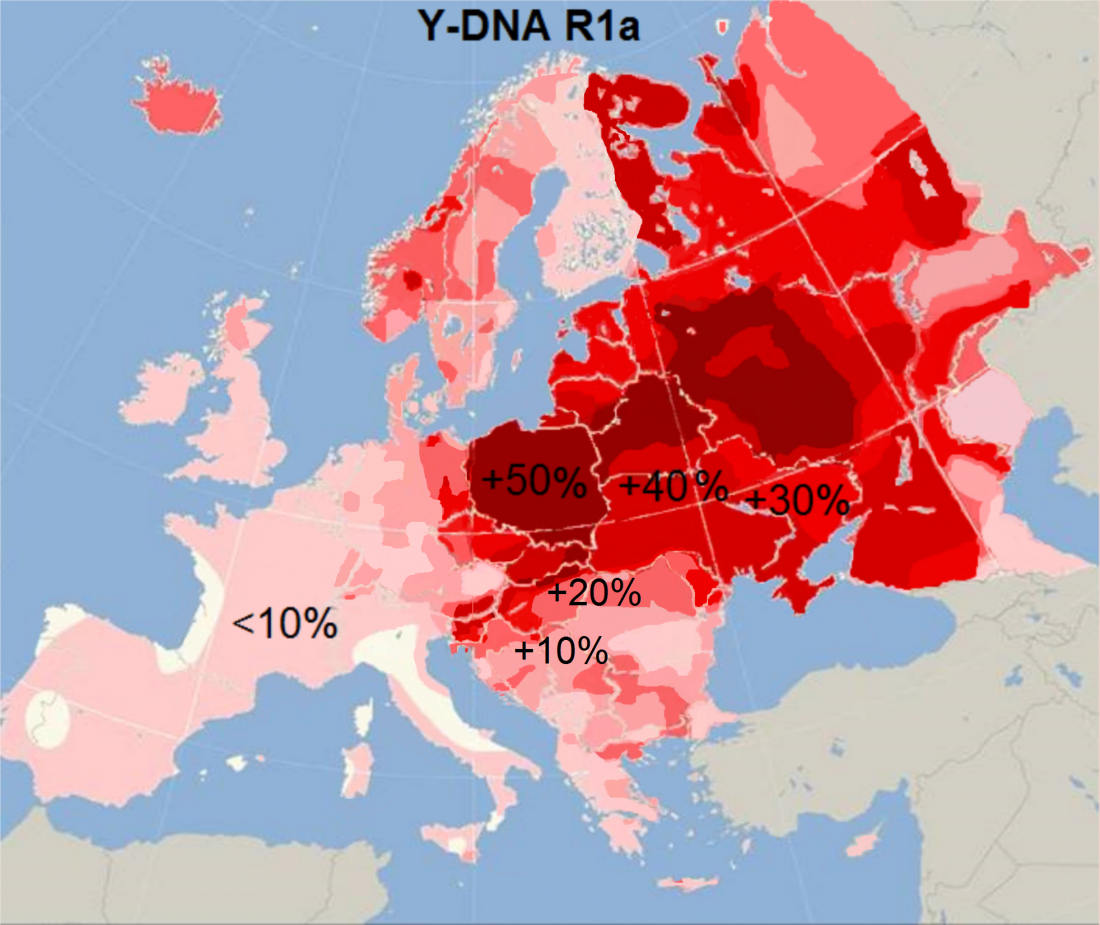This is the first of a series of posts analyzing the findings of the recent Nature papers Olalde et al.(2018) and Mathieson et al.(2018) (abbreviated O&M 2018).
As expected, the first Y-DNA haplogroup of a sample from the North Pontic region (apart from an indigenous European I2 subclade) during its domination by the Yamna culture is of haplogroup R1b-L23, and it is dated ca. 2890-2696 BC. More specifically, it is of Z2103 subclade, the main lineage found to date in Yamna samples. The site in question is Dereivka, “in the southern part of the middle … Read the rest “Consequences of O&M 2018 (I): The latest West Yamna “outlier””
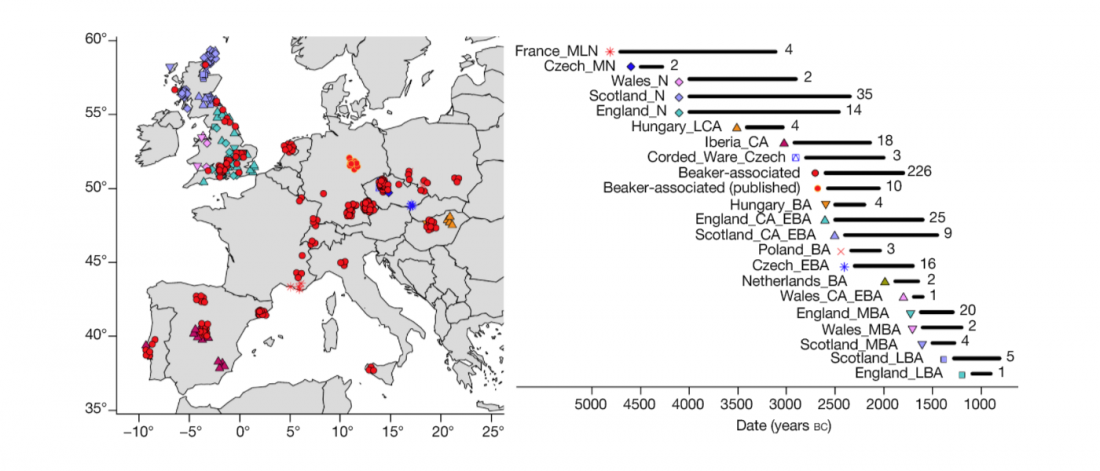
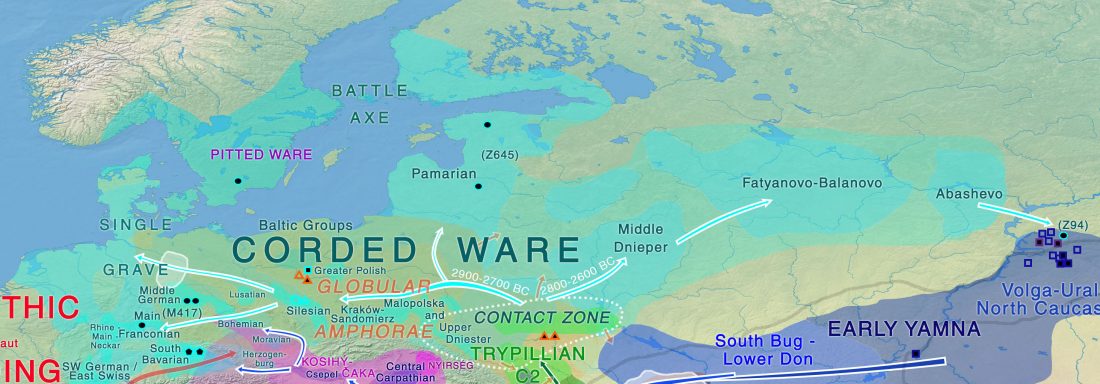
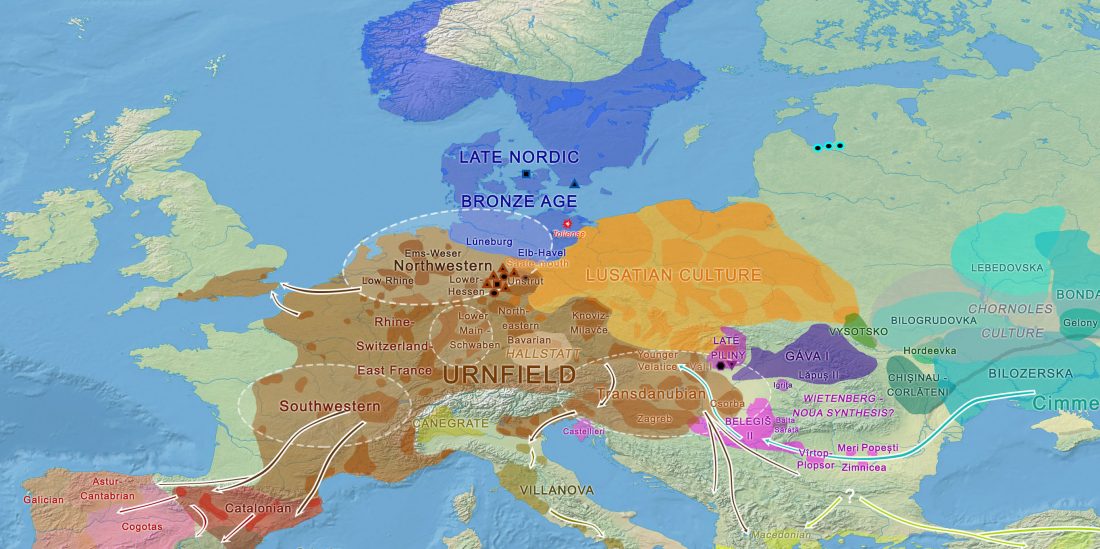
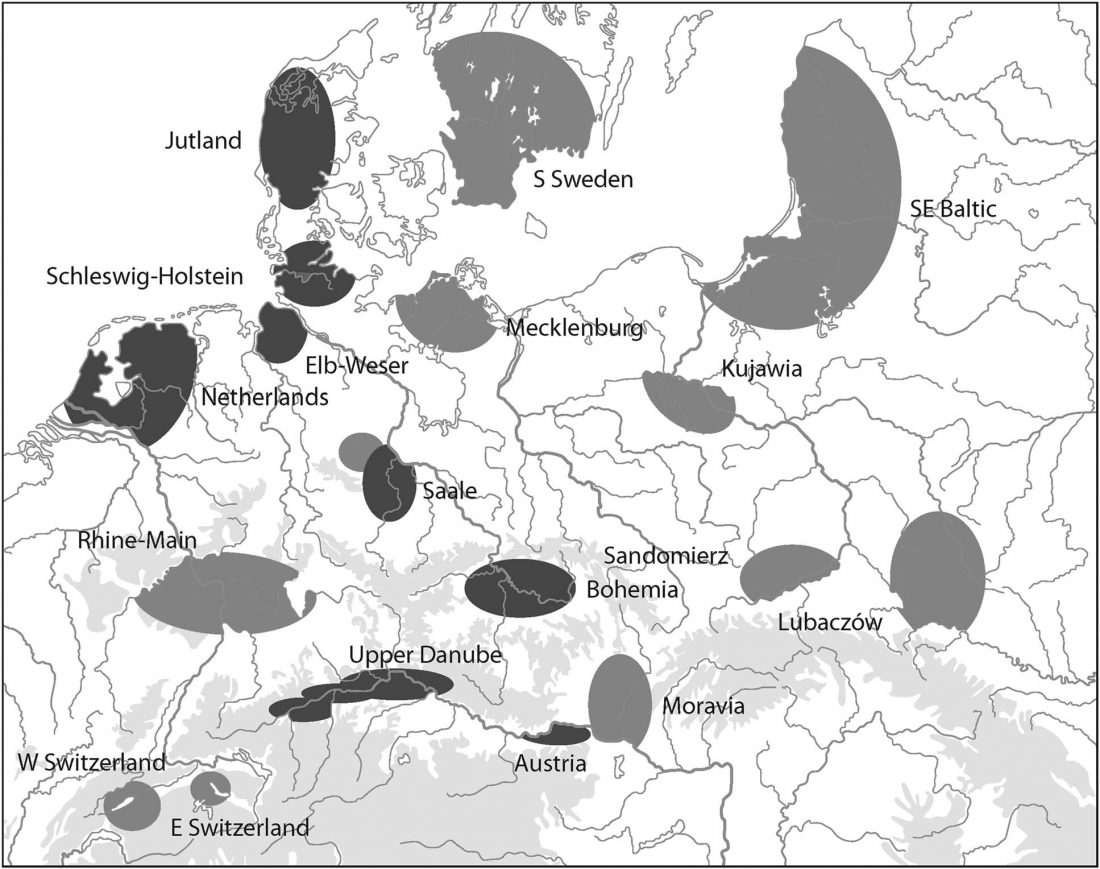
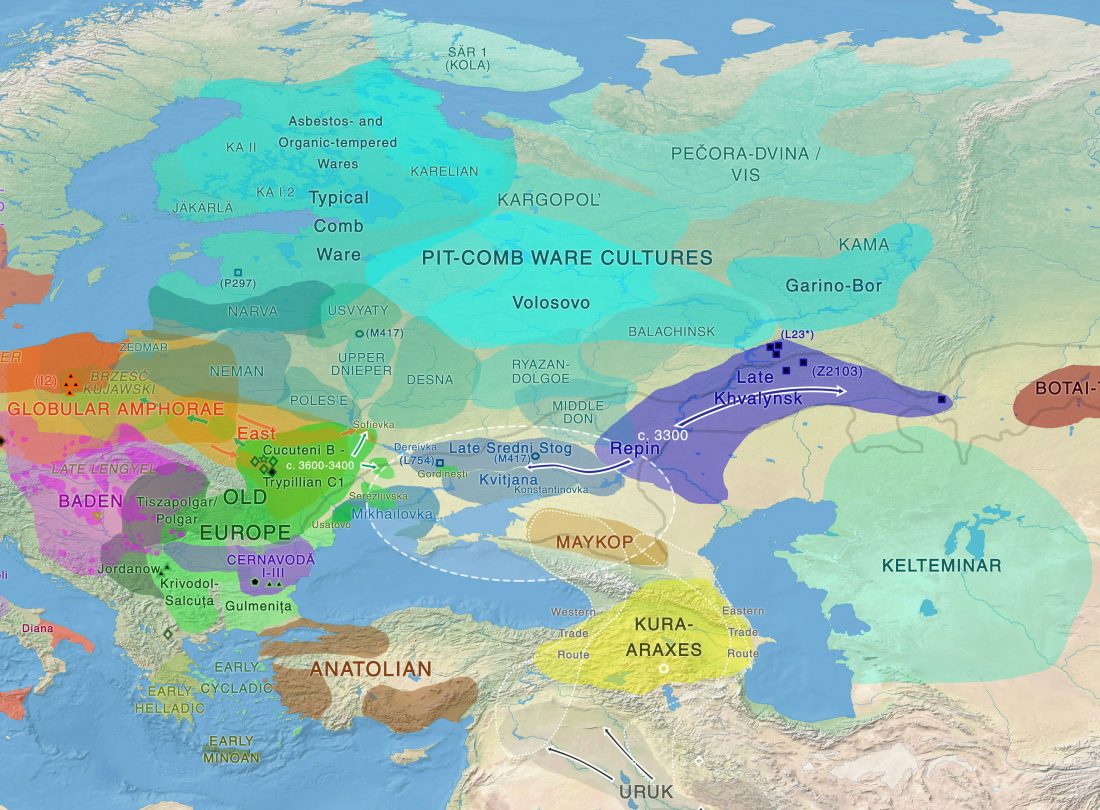
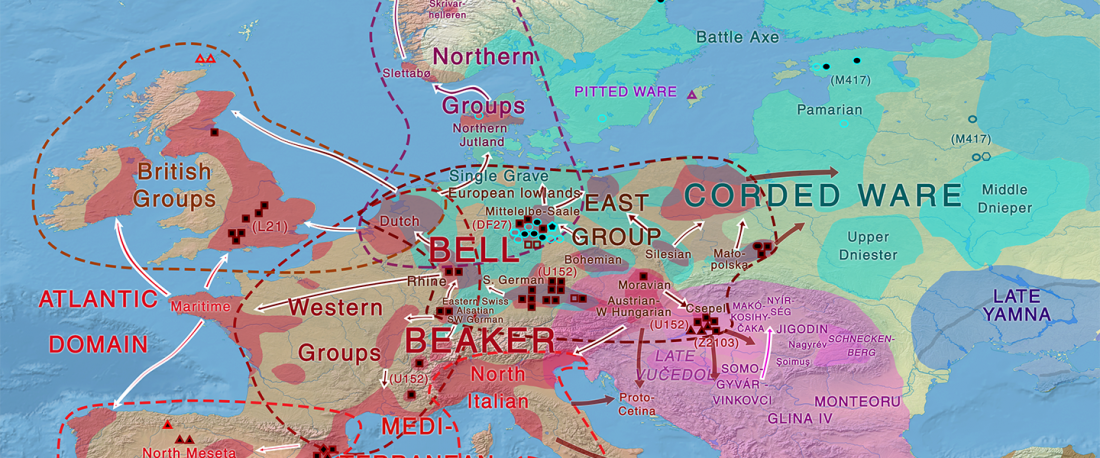
 The official
The official 
